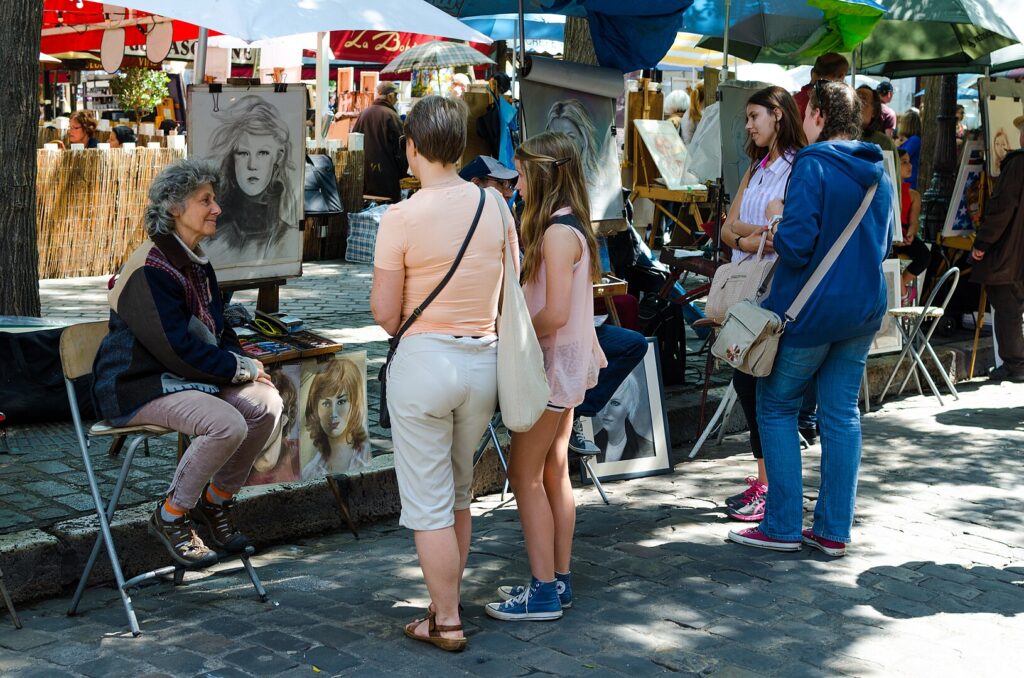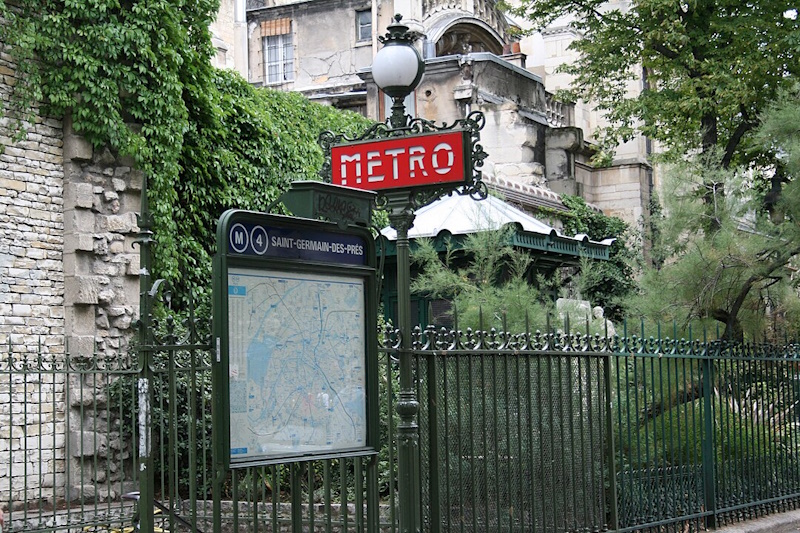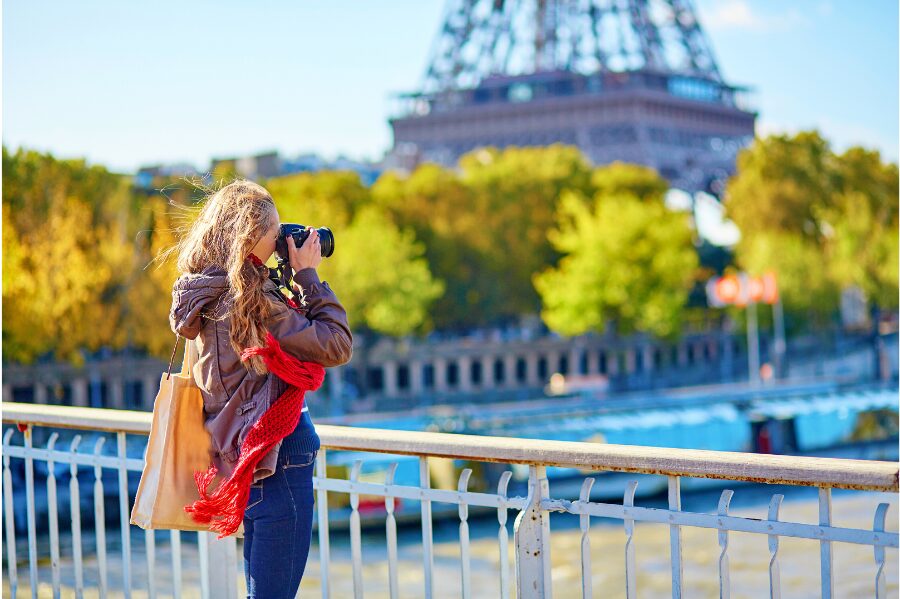7 Scams Targeting English-Speaking Travelers in Paris
While some scams in Paris are easy to spot, others are subtle, fast, and specifically designed to trick confused or polite tourists. English speakers are often targeted around major landmarks, metro stations, and crowded streets.
Here are the main scams that keep happening, and exactly how they work.
1. Clipboard and Charity Scams Near Landmarks

Scammers hang around tourist-heavy areas like the Eiffel Tower, Notre-Dame, the Louvre, and Montmartre.
They approach with a clipboard and ask, “Do you speak English?” Then they hand you a fake petition, usually pretending to collect signatures for deaf children or for a made-up charity.
Sometimes they ask for a small donation once you sign. Other times, it’s just a distraction while someone else tries to grab your wallet or phone.
They often work in groups, watching who’s distracted and easy to approach.
Best move: Don’t respond, don’t take the clipboard, and keep walking.
2. The Bracelet Scam in Montmartre

This is still one of the most common street scams in Paris. It happens especially on the steps below Sacré-Cœur and along the walkways around the basilica.
A man walks up holding colorful string or yarn and says “friendship bracelet” or just tries to shake your hand.
He then grabs your wrist and quickly starts weaving a bracelet onto it, fast enough that you don’t react in time. Once it’s tied, he asks for payment, often with pressure or aggression.
Locals and police warn tourists about this spot constantly, but it still works, especially for first-time visitors caught off guard.
3. The Gold Ring Drop Trick
This one plays out in seconds and feels oddly personal. Someone walking ahead of you suddenly bends down and picks up a gold ring off the ground. They turn to you and say something like, “You dropped this?”
Even if you say no, they’ll insist it must be yours, then offer it to you as a gift. A moment later, they change the story and ask you for money for food or a favor in return.
Some sell it on the spot at a “deal,” but the ring is fake brass and worthless.
You’ll see this scam near the Seine, Tuileries, and outside busy metro exits. It often catches solo travelers and couples by surprise.
4. Pickpockets on Metro Lines 1 and 4

The Paris metro has improved security, but certain lines are still full of distraction scams. Lines 1 and 4 which run through major tourist zones like Châtelet, Hôtel de Ville, and Gare du Nord, are high-risk.
Pickpockets target people fumbling with tickets, reading metro maps, or wearing backpacks.
They often strike during boarding or right as the doors are closing. Many work in teams – one distracts, another takes the wallet, and a third exits the train.
Locals avoid standing near the doors with valuables and keep their bags zipped and in front of them. Avoid using your phone openly on packed trains.
5. Fake Help at the ATM

Solo travelers withdrawing cash at street-level ATMs can be an easy mark. Scammers hang around machines and offer unsolicited help, often speaking English and acting friendly.
One version involves pointing out a fake issue behind you, like someone dropping something or a car driving too close.
While you turn or get distracted, they watch your PIN or grab the cash as it comes out. Another version involves shoulder surfing and card theft.
Best rule: If anyone approaches while you’re at an ATM, cancel the transaction and walk away. Use indoor ATMs at banks when possible.
6. The “Helpful Photographer” Ploy

This scam mostly happens at the Eiffel Tower, Trocadéro, and the Champ de Mars. Someone offers to take your picture, speaking perfect English and acting like a friendly fellow tourist.
Once they have your phone, they either run off or hand it back and demand a tip. Some become aggressive if you refuse to pay.
Others just linger after handing it back, pressuring you with compliments or guilt until you give them something.
Locals suggest handing your phone only to people clearly in a group, or using your own tripod or selfie stick. Many tourists now carry Bluetooth remote buttons instead.
7. Unofficial Taxis Around Airports and Stations

Outside Charles de Gaulle and Gare du Nord, you’ll often see drivers offering “taxis” as you exit. These are not licensed cabs.
They often quote a flat rate and then charge extra for luggage, traffic, or surprise tolls. Prices can go 3x or 4x the normal fare.
The official Paris taxis use a meter and have a visible license. There’s also no need to tip. Locals now prefer apps like G7 or Bolt, which show the fare in advance and let you pay without cash.
If you’re arriving at a train station or airport, ignore the men calling out “Taxi, taxi”.
